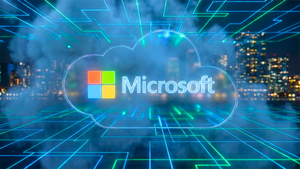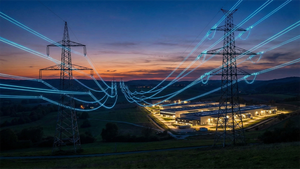Industry Background
At a crossroads of regulatory turmoil and technological bottlenecks in the crypto market, LORA public chain introduces an innovative design of “layered architecture + dynamic sharding,” offering a groundbreaking paradigm to break through blockchain’s “scalability-security-decentralization impossible trinity.” As the mainnet launch approaches, this technological transformation not only determines the fate of a single public chain but could reshape the foundational logic of Web3 commercial applications.

LORA’s Technical Breakthroughs
1. Layered Architecture: Main Chain Sets Rules, Sub-Chains Execute
LORA abandons the traditional “one-size-fits-all” mindset of public chains, dividing the network into a Main Chain (Trust Layer) and Sub-Chains (Execution Layer):
• Main Chain: Built on a modified PBFT-PoS consensus mechanism (2-second finality), focuses on global governance and cross-chain coordination to ensure security and compliance.
• Sub-Chains: Custom-designed for scenarios like finance, AI, and IoT:
• AI Inference Domain: Achieves >30,000 TPS for real-time data analysis and model training.
• IoT Data Domain: Handles low-latency processing for millions of devices, compatible with edge computing demands.
• Financial Sub-Chain: EVM-compatible to meet DeFi’s high-frequency trading needs.

2. Dynamic Sharding: Resource Allocation on Demand, Eliminating Performance Ceilings
LORA’s proprietary dynamic sharding technology automatically adjusts shard numbers based on real-time demand:
• Peak Hours: Splits into 5–8 transaction shards, boosting throughput by 300%.
• Off-Peak Hours: Merges redundant shards to reduce storage costs.
• Cross-Shard Communication: Coordinates via the main chain for millisecond-level inter-shard transaction confirmations.
3. Privacy and Compliance Dual Safeguards
• L-DID Zero-Knowledge Proof: Enables KYC/AML verification without exposing user privacy.
• Quantum-Resistant Cryptographic Layer: Leverages lattice-based cryptography to defend against quantum threats.
• Regulatory Node Interface: Supports compliant institutions in accessing anonymized data (e.g., fund flows, asset distribution).
Market Opportunities and Challenges
Opportunities:
• RWA (Real-World Asset Tokenization) Boom: LORA’s dynamic sharding and privacy computing capabilities provide solutions for “on-chain real-time pricing + compliant trading” in real estate, commodities, etc.
• AI Financial Tools Proliferation: Lowers barriers to quantitative strategy development via on-chain model training/inference services.
• Emerging Market Penetration: Launches lightweight wallets and offline node solutions for high-growth regions like Southeast Asia and Africa.
Challenges:
• Cross-Chain Ecosystem Competition: Competes with mature protocols like Polkadot and Cosmos for developer adoption.
• User Education Hurdles: Layered architecture and dynamic sharding pose cognitive barriers to mainstream users.
• Regulatory Uncertainty: Regulatory stances on DeFi and RWA in various countries may impact ecosystem expansion.
Future Roadmap
LORA outlines a “Three-Year, Three-Step” strategy:
1. 2024Q4–2025Q4: Solidify technical foundations; launch RWA cross-chain bridges and AI inference markets.
2. 2025Q4–2026Q1: Establish a “chain-native data element market” enabling user-controlled data monetization.
3. Post-2027: Become the world’s first quantum-secure public chain.
Conclusion
LORA’s mainnet launch marks not just a technological milestone but a reimagining of Web3’s business models. While other chains struggle with “single-chain optimization,” LORA’s “collaborative layering” approach paves a clear path for blockchain-real economy integration.
Participation Channels:
• Website: https://www.lorachain.org
• Chinese Community: https://t.me/LoraChain
• Global Community: https://x.com/LoraChain_Global?s=05
Binance AMA Live (Sep 26, 20:00 UTC+8): https://www.binance.com/live/video?roomId=2278616
Media Contact:
Media Relations
LORA
New York
NY
United States
https://www.lorachain.org




